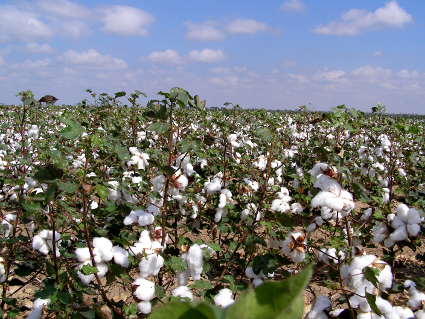The U.S. textile mills are projected to use 3.6 million bales from the 2015 crop, which is an increase of 25,000 bales from the 2014 crop—and the fourth consecutive year that cotton consumption in the US has increased. The U.S. cotton production in 2015 finished just shy of 13.0 million bales (at 12.9 million bales). This follows production of 16.3 million bales in 2014. The U.S., which is currently the world’s largest cotton exporter, exported 9.5 million bales of the 2015 crop. Largely due to China’s reduction in imports, this number is down from 11.2 million bales exported in 2014.
Globally, the Dynamics for Cotton Are Shifting
The global dynamics for cotton are changing rapidly as China’s government has decided to promote, aggressively, their extreme inventory by imposing import quotas. The large inventory China still holds (estimated to be approximately 50 million bales) results from the hoarding China conducted during 2011 and 2012, which led to global supply scares that drove cotton prices to record levels during that period. China, once the leading importer of cotton, will again reduce imported cotton by .75 million bales. This reduction is supported by the reduction in the price of polyester, which is nearly half the price of cotton in China.
U.S. Planting Projections Are Higher in 2016
The U.S. is projected to plant approximately 9.1 million acres of cotton in 2016. This is approximately a 6.2% increase in planned acreage. Based on historical variables, including 11% abandonment and an average yield per acre of 831 pounds, the U.S. is projected to produce approximately 14.0 million bales in 2016. This increase in cotton acreage is primarily due to weak prices for competing crops.
Changes at the Top for Largest Producer and Exporter
India is now the world’s largest cotton producer and the #2 cotton exporter. Vietnam is now projected to be the world’s largest cotton importing country, bringing in over 5.0 million bales of cotton. The result has been a gradual decline in the NY Nearby Futures price to a level just under $.60/lb. The A Index (which reflects a more global price) averaged $.68/lb. in January. Based on today’s production, global reserves, and usage forecasts, there is good reason to believe cotton prices will remain in these ranges in the coming months.
